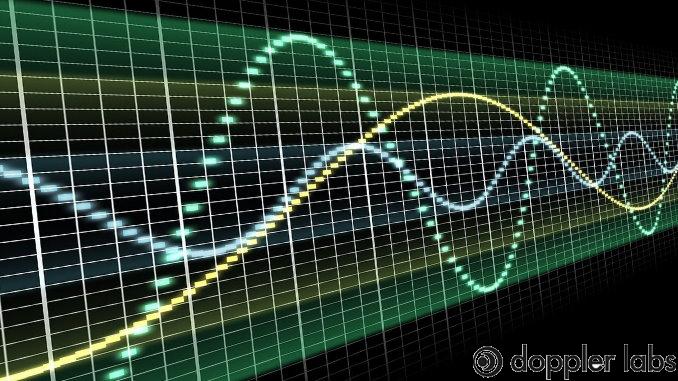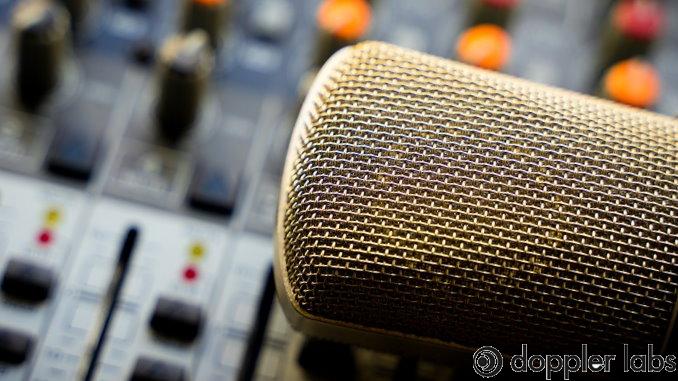Table of Contents
DSP has been around in the computer world for decades, but we are still adapting. So what is a DSP audio?
This technology is a tool that takes digitized real-world information like voice, video, and audio and manipulates them mathematically. The ultimate result is enhanced images and sound.
We will give you an in-depth explanation of this feature. You can also learn how it works to improve the sound and visual quality. Scroll down to read the details!
What Is A DSP Audio?
DSP (Digital Signal Processing) refers to the process of collecting analog signals from the actual world and interpreting them digitally.
This processor turns the signals into digital data, makes the necessary adjustments, and then reproduces the data in a way that we can understand and utilize.
However, these processors are computers that don’t interpret the analog inputs they get from cameras and microphones.
An analog-to-digital converter (ADC) is necessary in this case to transform the input into a simple language.
Components
A primary DSP has four key elements:
- Program memory is in charge of storing the programs the processor uses to process data.
- Data memory archives the processed information.
- Compute engine executes the math processing, accesses the programs from the Program Memory and the information from the Data Memory.
- Input-Output performs different tasks to link the external world.
Uses
DSPs can handle many things in the audio industry that improve our entire experience with audio products.
Processors can alter the processed information in various ways to improve the ultimate output for users.
Adjustment in cameras might include improving sharpness, reducing motion blur, and many other things.
These processors perform the manipulation using binary – a language that most humans don’t grasp.
To make it usable for humans, they employ DAC to convert the data into something we can interpret, such as visuals on our displays or sounds on our loudspeakers.

DSPs can change your entire experience with audio products
How Does DSP Work?
Digital signal processing translates audio data to a digital series of binary bits. The entire system then transmits, stores, and modifies this digital stream efficiently with higher quality and speed.
We can divide the whole working process of DSP into three parts: ADC, DAC, and a distinct DSP.
ADC
- In: electric guitar cord
- Out: a series of 1’s and 0’s
ADC (Audio-to-Digital converter) collects the incoming analog data and converts it to a stream of binary data bits. It takes in the electric guitar wire and generates a series of 1’s and 0’s.
DAC
- In: a series of 1’s and 0’s
- Out: electric guitar cord
DAC, as aforementioned, collects the binary bits that carry the audio file, converts them to analog, and produces analog electronic data.
The video below explains in detail the working process of DAC and DAC. Please check so that you can understand the mechanism of the DSP.
DSP
The processor’s primary responsibility is to manipulate the files. To be more specific, it helps you:
- Open and close the files
- Access the files
- Transfer the files to a hard drive
- Perform functions that we often do on a computer
How Does DSP Affect Audio Quality?
DSP may aid with sound quality in various ways. It is, after all, the backbone of current audio systems.
Here are the five most important aspects of audio quality that this processor improves:
Improve frequency and dynamic range
Digital signals have a broader dynamic and frequency range than analog signals in most situations.
A typical analog cassette tape, for example, has a dynamic range of 50 to 70dB. If you put that signal in a 16-bit converter, the range will rise to 95dB.
In general, DSPs may enhance both the dynamic and the frequency range of sound. In other words, lower lows and high highs are both audible.

DSPs can enhance the frequency and dynamic range
Cancel unwanted echo
One of the most admirable qualities of DSPs is echo cancellation. This feature works perfectly in gadgets like your laptop and phone.
Those devices can identify a copy of data it just delivered as noises quickly using this processing. DAC then removes that copy from the following signal sent to the processor.
Although analog devices can perform the same procedure, DSP can do it considerably quicker and with less energy usage, making it ideal for small items like IEMs and Bluetooth headphones.
Support conversion
When musicians record a tune, they send analog signals to the microphone. Then, the mic sends the signal to a DAC.
After processing the data, DAC sends it to the DSP, which will encode and archive the output files, such as MP3, FLAC, or WAV.
In some more modern DSPs, they can offer extra manipulations, such as echo cancellation, noise control, or customized EQ.
The DSP will extract the data from memory, process it, and transfer it to the DAC when you playback the record.
After that, the DAC will turn the signal to analog and send it to the output sources, such as the speakers.

DSPs support the data processing
Gain control
You can’t hear the person talking if the volume on your cellphone is too low. On the other hand, if you turn up the level too loudly, they’ll sound twisted.
There’s a sweet spot between the weakest and loudest level where you can catch the person’s voice well, whether they’re usually talking or shouting.
One of digital signal processors’ critical tasks is locating the sweet spot. It finds the spot by balancing the signal intensity of the source to the level that the output can comfortably bear.
Automatic adjustment
Some gadgets use the form of your ear canals to determine the appropriate equalization settings. This feature brings users a more prosperous and vivid listening experience.
See more:
- What is a DAC/AMP ? Audiophiles 101
- What Is an Audiophile? Signs and Related Equipment
- Wireless Vs Bluetooth Headphones: Can You Spot These Differences?
Pros And Cons Of DSP
If you are still hesitant about investing in the processor, you can first consider its benefits and drawbacks.
Pros:
- Digital storage is less expensive, longer-lasting, easier to transfer, and is always accessible.
- The processing is more accurate and faster.
- The technology helps transmit the signals more efficiently and quicker.
- Manipulated and enhanced signals lead to higher sound quality.
Cons:
- You may lose some audio fidelity because DSPs convert sound files into binary numbers.
- Some recording fans like the idiosyncrasies that analog recording and editing hardware offers.
Conclusion
A digital signal processor is a technological innovation that can efficiently make multiple changes and adjustments to a digital signal, bringing you a better listening experience.
Hopefully, we have satisfactorily answered your questions. If you need any further information, please feel free to ask. Thank you for reading!
